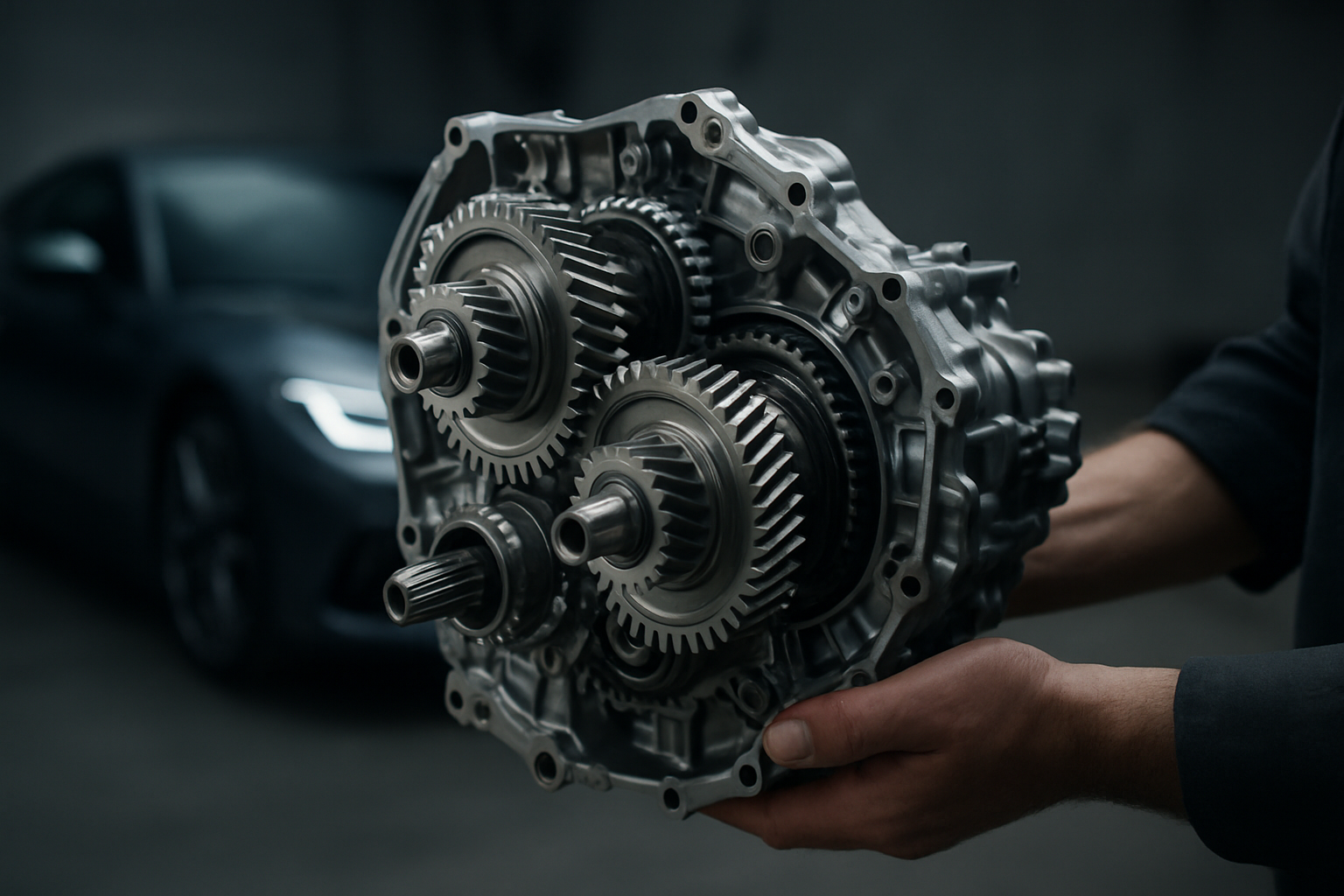How Juicers Work and How They Turn Fruits and Vegetables into Drinks
Juicers are machines that help turn fruits and vegetables into juice by pressing or spinning them. In this article, we will explore how different types of juicers work, the parts they use, and the simple science behind how juice is made from everyday fruits and vegetables.

Understanding Different Types of Juicers
Centrifugal juicers operate by using a rapidly spinning blade that shreds produce against a mesh filter, separating juice from pulp through centrifugal force. These machines typically spin at 6,000-14,000 RPM and are popular for their speed and efficiency with most fruits and vegetables. Masticating juicers, also known as slow juicers, use a rotating auger to crush and press produce at slower speeds around 80-100 RPM, often resulting in higher juice yields.
The Science Behind Juice Extraction Methods
The juice extraction process varies depending on the juicer type. Centrifugal juicers create small pieces that are spun against a filter, forcing juice through tiny holes while pulp collects in a separate container. Masticating juicers crush ingredients between the auger and chamber walls, pressing out juice through a fine screen while pushing pulp through a separate outlet. Twin-gear juicers use two interlocking gears to crush and grind produce with minimal oxidation.
Common Features and Components in Modern Juicers
Most juicers share several essential components: a feed chute for inserting produce, a motor that powers the extraction mechanism, and separate outlets for juice and pulp collection. Additional features may include multiple speed settings, pulp control systems, and specialized attachments for different types of produce. Safety features like automatic shut-off mechanisms and overload protection are standard in quality machines.
Optimizing Juice Yield from Different Ingredients
Different fruits and vegetables require specific preparation and juicing techniques. Leafy greens benefit from slow masticating processes, while harder vegetables like carrots work well in both centrifugal and masticating juicers. Soft fruits may need special handling to prevent clogging, and some ingredients perform better when alternated with firmer produce during juicing.
Juicer Options and Price Considerations
| Juicer Type | Average Price Range | Best Suited For |
|---|---|---|
| Centrifugal | $50-200 | Fast juicing, hard produce |
| Masticating | $200-500 | Leafy greens, maximum yield |
| Twin-gear | $500-1000 | Professional use, all produce |
| Hydraulic Press | $1000+ | Commercial applications |
Prices, rates, or cost estimates mentioned in this article are based on the latest available information but may change over time. Independent research is advised before making financial decisions.
Maintenance and Cleaning Requirements
Regular cleaning is essential for optimal juicer performance and longevity. Most juicers require immediate cleaning after use to prevent pulp from drying and clogging components. Dishwasher-safe parts simplify maintenance, though some components may need manual cleaning with specialized brushes. Regular maintenance includes checking seals, filters, and moving parts for wear or damage.
This article is for informational purposes only and should not be considered medical advice. Please consult a qualified healthcare professional for personalized guidance and treatment.




